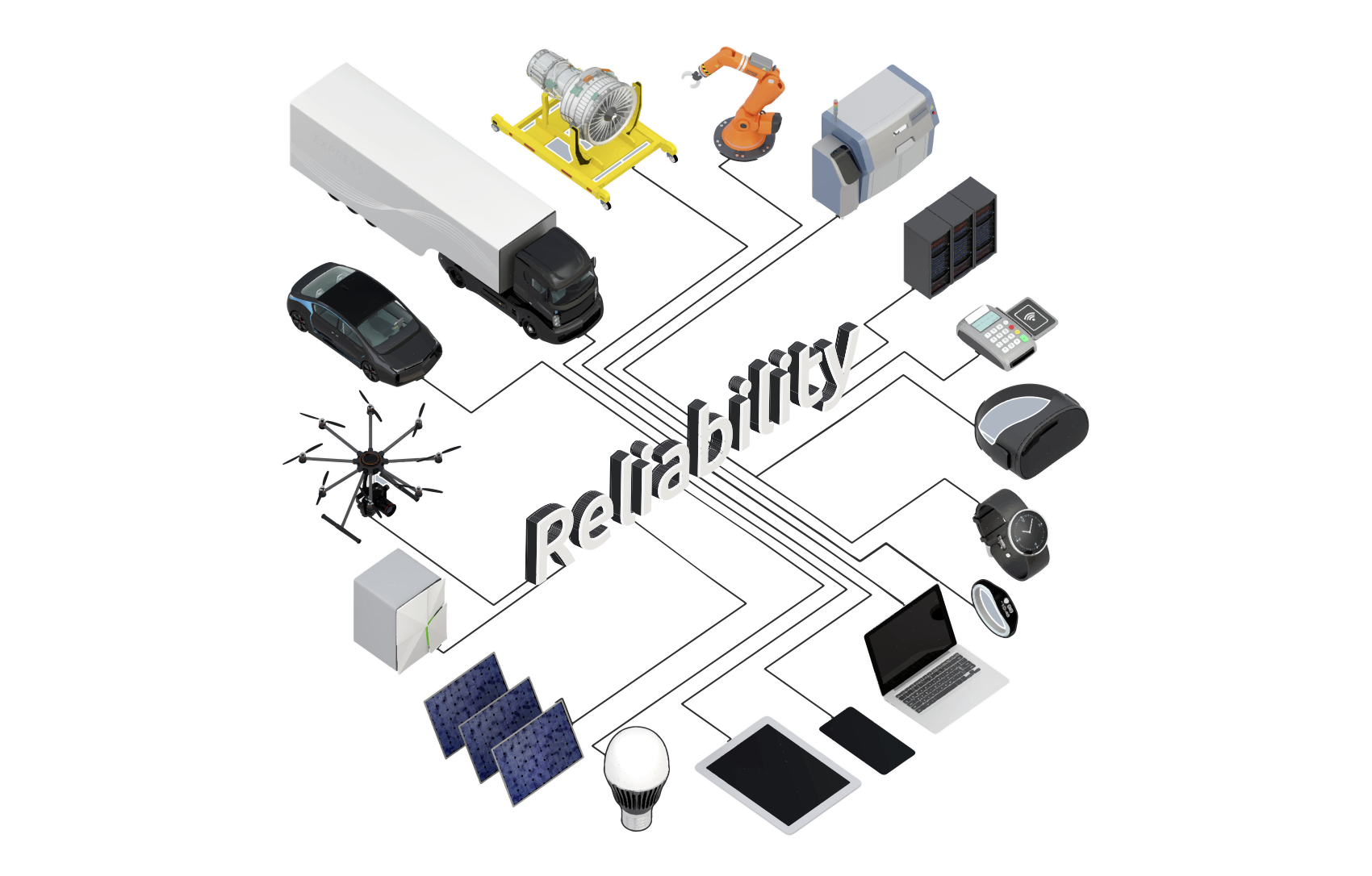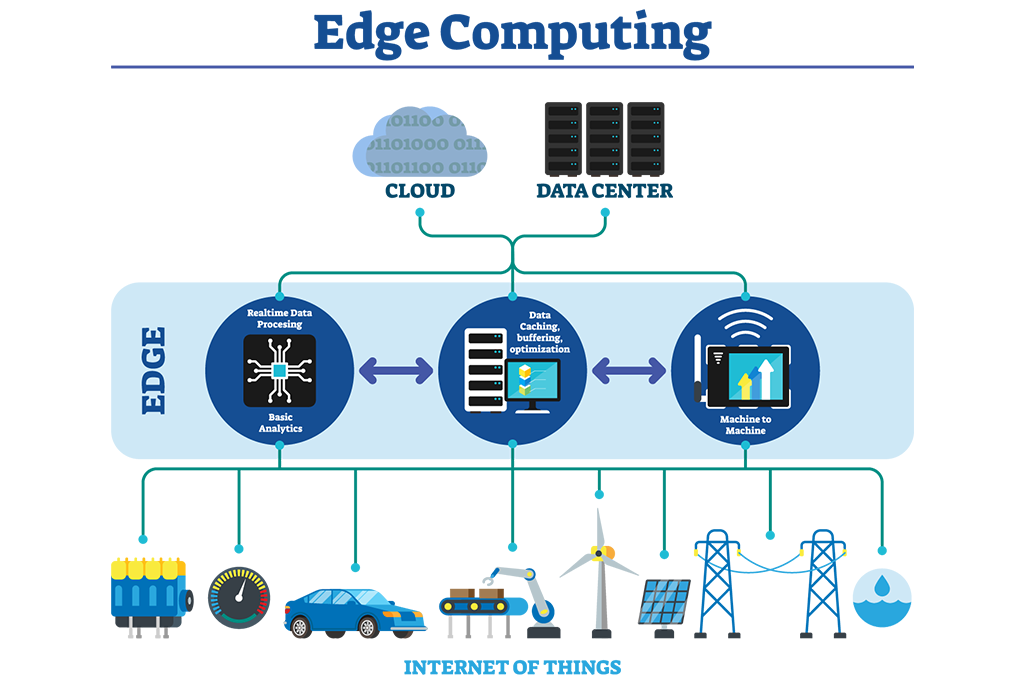The shape of Edge Computing in 2025
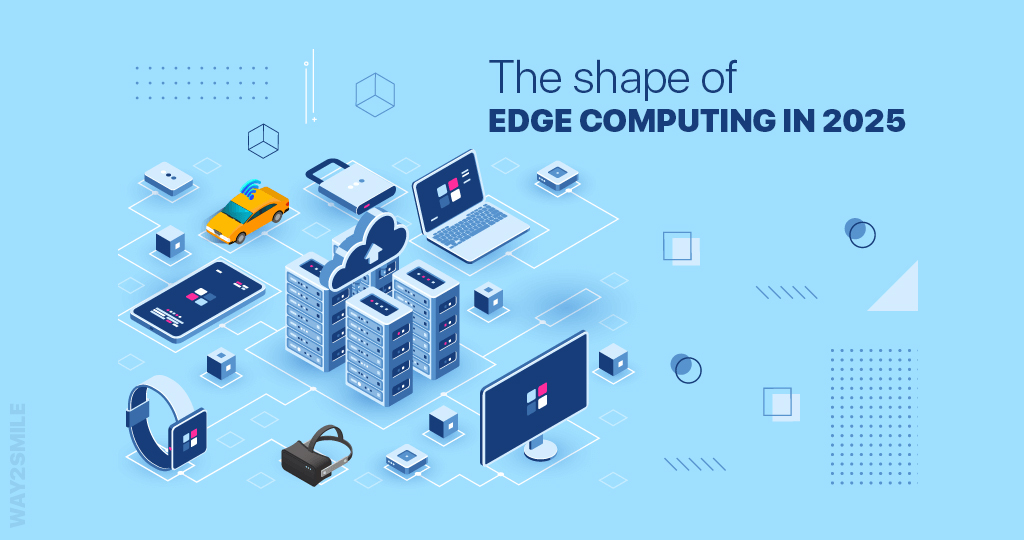
Cloud computing is the new normal of the digital world. The increased usage of data, storage, and access is still a challenge. This is where cloud computing comes into existence. With the increased benefits, cloud computing is leveraged by most companies.
When it comes to the future of Cloud computing, Edge Computing plays a vital role. In this blog, we have discussed the role of edge computing and what we can expect for the future with it.
What you should know about Edge Computing!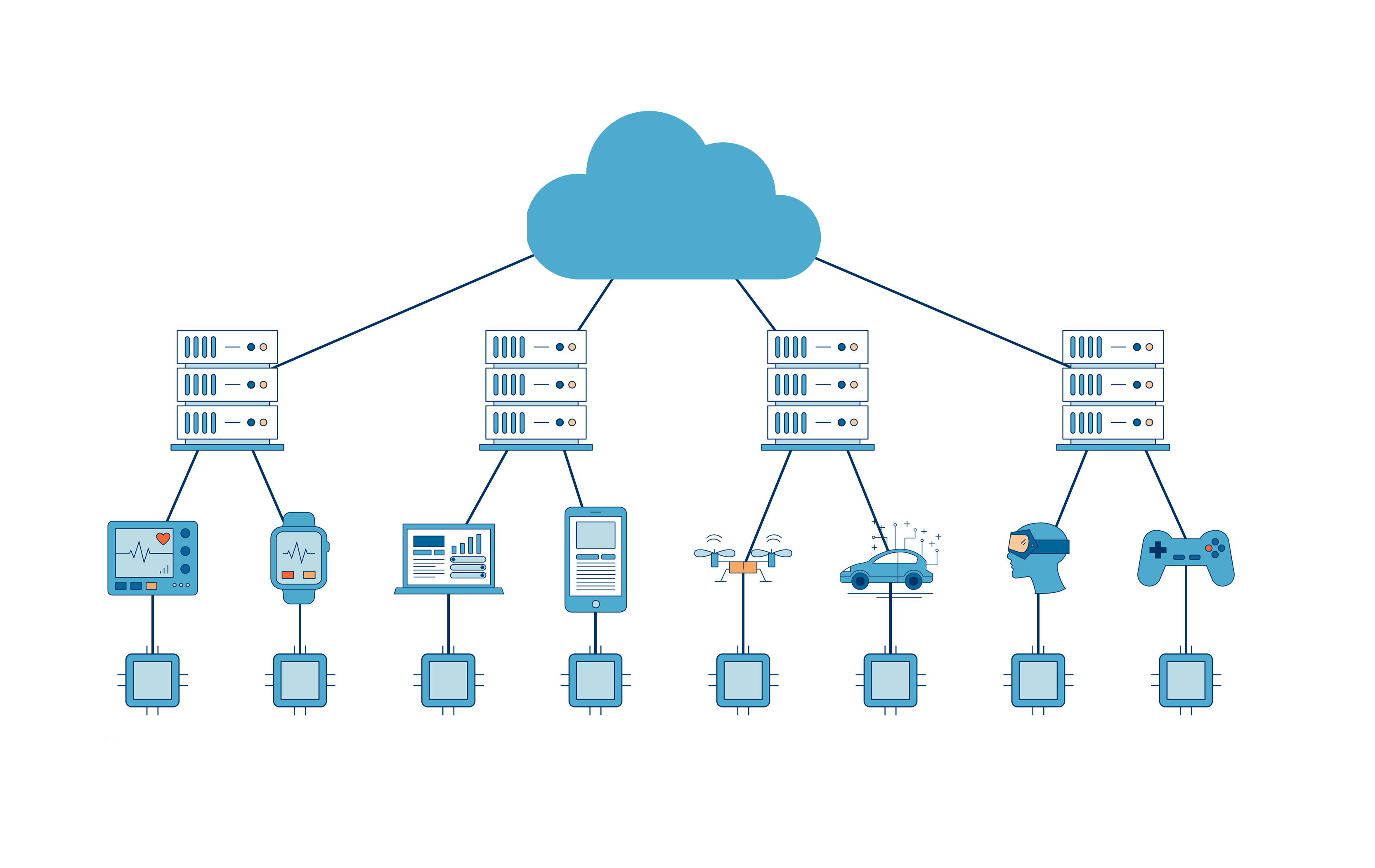
The capability of Edge Computing is completely high says the popular research firm Gartner. It has predicted that by the year 2025, a whopping 75% of enterprise data and applications processed at “edge”. To put in simple words, in the next 4 years, the majority of enterprise data will be associated with the cloud entirely.
So, what does this edge computing mean?
Edge Computing is defined as a practice of processing and storing data either where it is created or close to where it is generated. The primary aim of this technique is to eliminate latency or minimize the time taken for running or executing the application over the command.
Anything which involves a huge amount of data and needs to be processed as close to real-time as possible which is one of the best use cases for edge computing. If you look at self-driving cars, augmented reality applications, wearable devices, they are the popular examples.
That is being said that Edge computing is becoming the ubiquitous cloud computing technique that tackles the technical challenges prevailing in the present environment. It includes the development of compact devices with outsized processing power, the creation of software that allows companies to remotely monitor and update a seamless number of edge devices from the overall world, and new security technology & protocols to maintain safety.
Most companies at the present level are working to resolving challenges prevailing in the environment such as Red Hat, Nutanix, etc have been developed with Edge Computing technology. When it comes to edge computing, it is here to overcome the challenges and offers faster response time to most services and see three major challenges that are vital to overcoming.
All of the things which have changed over the years to the miniaturization of processing and storage technology are due to edge computing. Today IoT devices are completely powerful and capable of gathering, storing, and processing more data than ever before.
This has resulted in opening up opportunities for companies to optimize their networks and relocate more processing functions closer to where data is gathered at the network stage where it can be analyzed and applied in real-time much closer to intended users.
Since the data doesn’t need to travel back to the central server for the device to know that a function needs to be executed, edge computing networks can greatly reduce latency and enhance performance. The speed and flexibility afforded by this approach to handling data create an exciting range of possibilities for organizations.
Read Also – Role of Cloud Computing in driving Digital Transformation
Why Edge Computing can be the perfect option?
-
Speed

Almost all businesses look for a speed factor when it comes to their core operations. The financial sectors rely on high-frequency trading algorithms. For example, a slowdown of mere milliseconds can lead to expensive consequences. If this happens with the healthcare industry, a second delay could result in adverse factors such as death.
And when it comes to business, it can frustrate customers as well. Hence, maintaining speed is the priority thing for every enterprise. The major benefit of edge computing is the speed it offers and its ability to increase network performance by reducing latency.
-
Security

Security has been a primary concern for most enterprises using technologies these days. When it comes to edge computing, security comes as a beneficial thing. Since edge computing distributes the storage across various data centers and a wide range of devices, it makes it difficult for any single disruption to happen.
Traditional IoT edge computing devices is that they could be used as a point of entry for cyberattacks, allowing malware or other intrusions to infect a network from a single weak point. Though this is a minor risk, the distributed architecture of edge computing makes it easier to implement security protocols that can seal off compromised portions without shutting down the entire down.
-
Scalability
With the growth of their business, companies anticipate their IT infrastructure needs and building a dedicated data center as an expensive proposition. In addition to the substantial up-front costs and current maintenance, one should also concentrate on future needs.
With the cloud’s technology of edge computing, it makes it easier for businesses to scale their operations. Increasingly, computer storage and analytical capabilities are being bundled into devices with smaller footprints that can be situated nearer to end-users.
Edge Computing offers a far less expensive route to scalability allowing companies to expand their computing capacity through the combination of IoT devices and edge data centers. The use of processing-capable edge computing devices also eases growth costs because when a new device is added it doesn’t impose substantial bandwidth demands on the core of a network.
Read Also – Cloud Computing Statistics, Facts, and Trends for 2021
-
Versatility
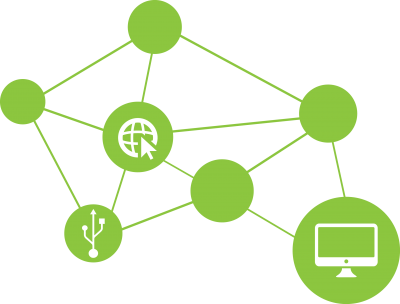
The scalability of edge computing also makes it incredibly versatile. By integrating with local data centers, companies can easily target their desired market without investing a huge amount in infrastructure expansion. Edge data centers allow them to service end-users efficiently with little physical distance or latency.
Edge Computing also empowers IoT devices to grab a massive amount of actionable data. Instead of waiting for people to log into devices and interact with cloud data servers, edge computing devices are always on, connected, and always generate data for future analysis.
By incorporating IoT devices into the edge computing strategy, companies can provide new and better services to their customers without completely overhauling their IT infrastructure. This is a perfect benefit for industries looking to expand their network into regions with limited connectivity.
-
Reliability
As edge computing comes with added security, and it is no surprise that it offers higher reliability. With IoT Edge Computing devices and edge data centers positioned closer to end-users. Hence, there is less chance of a network issue in a distant location affecting local customers.
By processing data closer to the source and prioritizing traffic, edge computing minimizes the amount of data flow to and from the primary network which leads to lower latency and faster overall speed. Also by locating edge systems closer to the data centers, geographically closer to end-users ad distributing processes accordingly. With this companies can greatly reduce the distance data travel from the services being delivered.
With such benefits, most of Enterprise software development companies are here to offer cloud solutions to leverage these advantages.
What to expect for the future of Edge Computing in 2025?
Shifting data processing to the edge of the networks can help companies take advantage of the growing number of IoT edge devices, improve network speeds, and enhance customer experiences. The scalable nature of edge computing makes it an ideal solution for fast-growing, agile companies, especially if they are colocation data centers and cloud infrastructure.
Edge computing, one of the Cloud Solutions offers multiple advantages over traditional forms of network architecture and will surely continue to play a vital role for companies to move forward. With multiple internet-connected devices hitting the market, innovative organizations can make it beneficial with edge computing.
As a foremost IT Consultancy Company in Chennai, our cloud specialists will devise a flawless road map strategy for your company’s cloud journey that facilitates solid-proof IT infrastructure.
Read Also – Top Reasons Why SaaS Takes Business Performance To The Next Level

